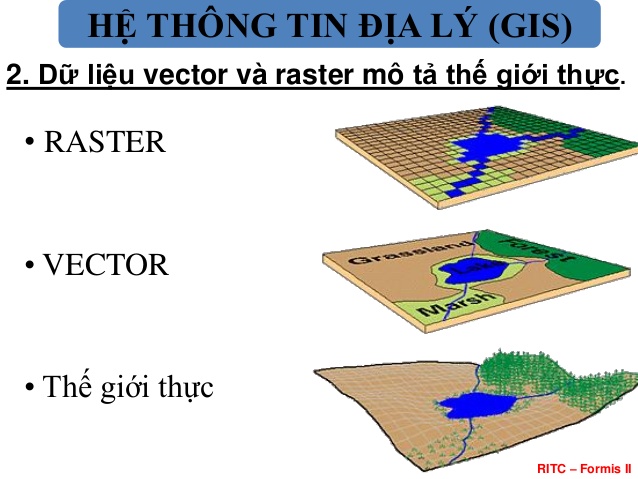

class : RasterLayerĭimensions : 11671, 17795, 207685445 (nrow, ncol, ncell)Įxtent : -52095, 481755, 1938165, 2288295 (xmin, xmax, ymin, ymax)Ĭrs : +proj=aea +lat_0=23 +lon_0=-96 +lat_1=29.5 +lat_2=45.5 +x_0=0 +y_0=0 +datum=NAD83 +units=m +no_defsĮvaluating the imported raster object provides you with information about the raster data, such as dimensions (number of cells, number of columns, number of cells), spatial resolution (30 meter by 30 meter for this raster data), extent, CRS and the minimum and maximum values recorded in this raster layer. We will use the CDL data for Iowa in 2015. Let’s start with taking a look at raster data. It also allows you to apply dplyr verbs for data wrangling.Ĥ.1.1 raster package: RasterLayer, RasterStack, and RasterBrick It provides a data model that makes working with raster data with temporal dimensions easier. This is because other useful packages for us economists were written to work with the raster object classes and have still not been adapted to support terra object classes at the moment.įinally, you might benefit from learning the stars package for raster data operations (covered in Chapter 7), particularly if you often work with raster data with the temporal dimension (e.g., PRISM, Daymet).
Gis perform intersect with vector and raster how to#
Those who are interested in a fuller treatment of the raster or terra package are referred to Spatial Data Science with R and “terra” or Chapters 3, 4, and 5 of Geocomputation with R, respectively.Įven though the terra package is a replacement of the raster package and it has been out on CRAN for more than several years, we still learn the raster object classes defined by the raster package and how to switch between the raster and terra object classes. For example, we do not cover raster arithmetic, focal operations, or aggregation. Therefore, we will introduce only the essential knowledge of raster data operation required to effectively implement the task of extracting values, which will be covered extensively in Chapter 5. Key differences will be discussed and will become clear later.įor economists, raster data extraction for vector data will be by far the most common use case of raster data and also the most time-consuming part of the whole raster data handling experience. The raster and terra packages share the same function name for many of the raster operations. terra is written in C++ and thus is faster than the raster package in many raster data operations. The terra package has been under active development to replace the raster package (see the most up-to-date version of the package here).

However, we are in the period of transitioning from the raster package to the terra package.

The raster package has been the most popular and commonly used package for raster data handling. In this chapter, we will learn how to use the raster and terra package to handle raster data.


 0 kommentar(er)
0 kommentar(er)
